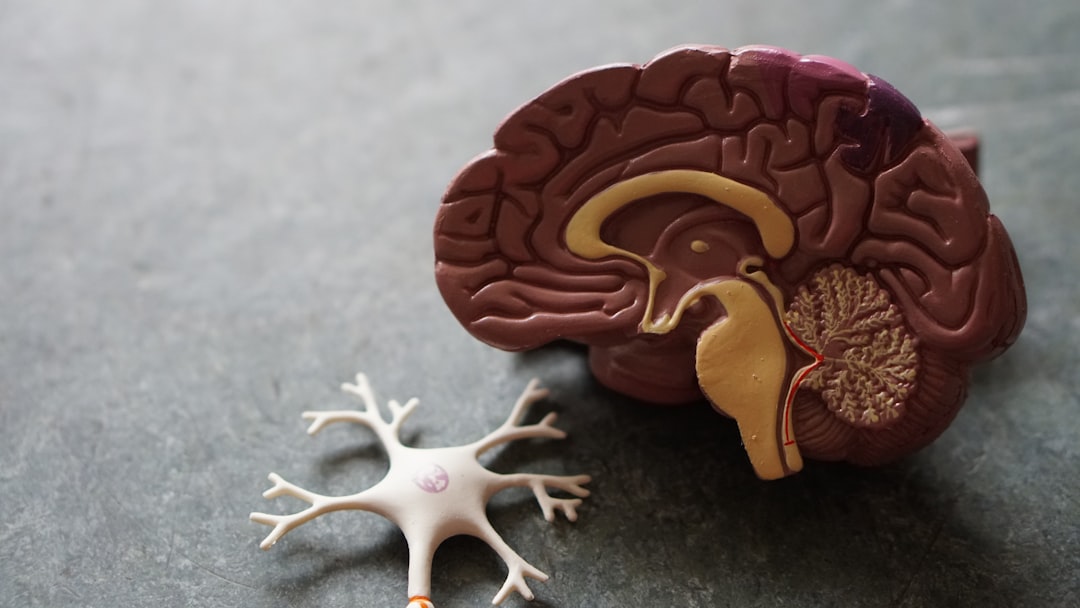What is it about?
We used a new scientific approach to identify the metals that stick to small molecules produced by a bacterial pathogen. We unexpectedly found that these molecules stick to copper in humans. The molecules' ability to do this protects them from copper toxicity.
Featured Image
Why is it important?
Siderophores are classically known and defined as iron-binding small molecules. Here we unexpectedly found that an important siderophore made by bacterial pathogens is also an important copper binder. Human relevance was established by identifying these molecules in urinary tract infection patients. We then find that this ability helps these pathogens avoid copper toxicity. The work identifies a new function for a molecule known for 20 years as only an iron binder.
Read the Original
This page is a summary of: The siderophore yersiniabactin binds copper to protect pathogens during infection, Nature Chemical Biology, July 2012, Springer Science + Business Media,
DOI: 10.1038/nchembio.1020.
You can read the full text:
Contributors
The following have contributed to this page










